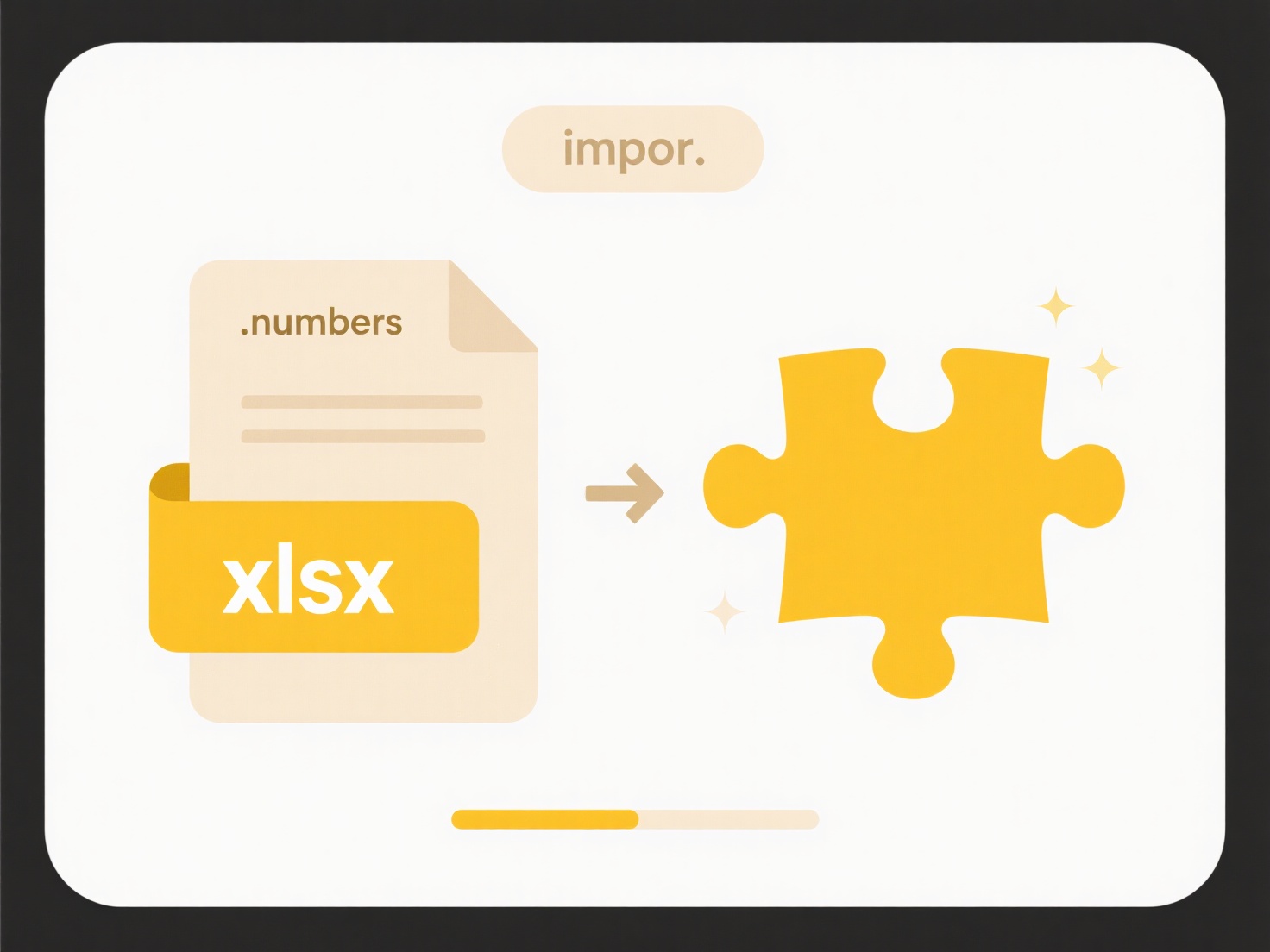
File names may not sort as expected primarily due to how sorting algorithms interpret characters, especially numbers or special symbols. Systems usually sort text alphabetically character-by-character, meaning '10' comes before '2' because '1' is less than '2'. This differs from human expectation of numerical order. Additionally, hidden characters, inconsistent capitalization, or file extensions included in comparisons can disrupt predictable sequences.
For example, a folder with files named 'Project1', 'Project10', and 'Project2' typically sorts as Project1, Project10, Project2. Similarly, photo files like 'IMG_1', 'IMG_10', and 'IMG_2' will follow this pattern in applications such as Windows File Explorer or macOS Finder unless numerical sorting logic is explicitly applied.

While automated sorting is efficient, its strict adherence to character codes (like ASCII/Unicode) creates unintuitive outcomes for numbered items. Limitations include varying sorting logic across operating systems or applications, and spaces/symbols affecting results. Manually adding leading zeros (e.g., 'Project01') or using dedicated file managers with 'natural sort' features can mitigate this, but awareness of underlying rules is key for managing digital assets effectively.
Why are my file names not sorting as expected?
File names may not sort as expected primarily due to how sorting algorithms interpret characters, especially numbers or special symbols. Systems usually sort text alphabetically character-by-character, meaning '10' comes before '2' because '1' is less than '2'. This differs from human expectation of numerical order. Additionally, hidden characters, inconsistent capitalization, or file extensions included in comparisons can disrupt predictable sequences.
For example, a folder with files named 'Project1', 'Project10', and 'Project2' typically sorts as Project1, Project10, Project2. Similarly, photo files like 'IMG_1', 'IMG_10', and 'IMG_2' will follow this pattern in applications such as Windows File Explorer or macOS Finder unless numerical sorting logic is explicitly applied.

While automated sorting is efficient, its strict adherence to character codes (like ASCII/Unicode) creates unintuitive outcomes for numbered items. Limitations include varying sorting logic across operating systems or applications, and spaces/symbols affecting results. Manually adding leading zeros (e.g., 'Project01') or using dedicated file managers with 'natural sort' features can mitigate this, but awareness of underlying rules is key for managing digital assets effectively.
Related Recommendations
Quick Article Links
What happens when I export to .zip?
Exporting to a .zip file creates a single compressed archive file containing one or more files and folders you selected....
Why do file permissions matter?
File permissions are access control rules that determine who can interact with a specific file or directory and what act...
Can I control upload/download speeds for cloud services?
Bandwidth throttling lets users intentionally limit upload or download speeds for cloud services. It operates by configu...